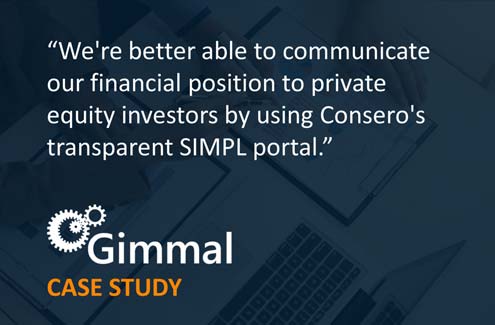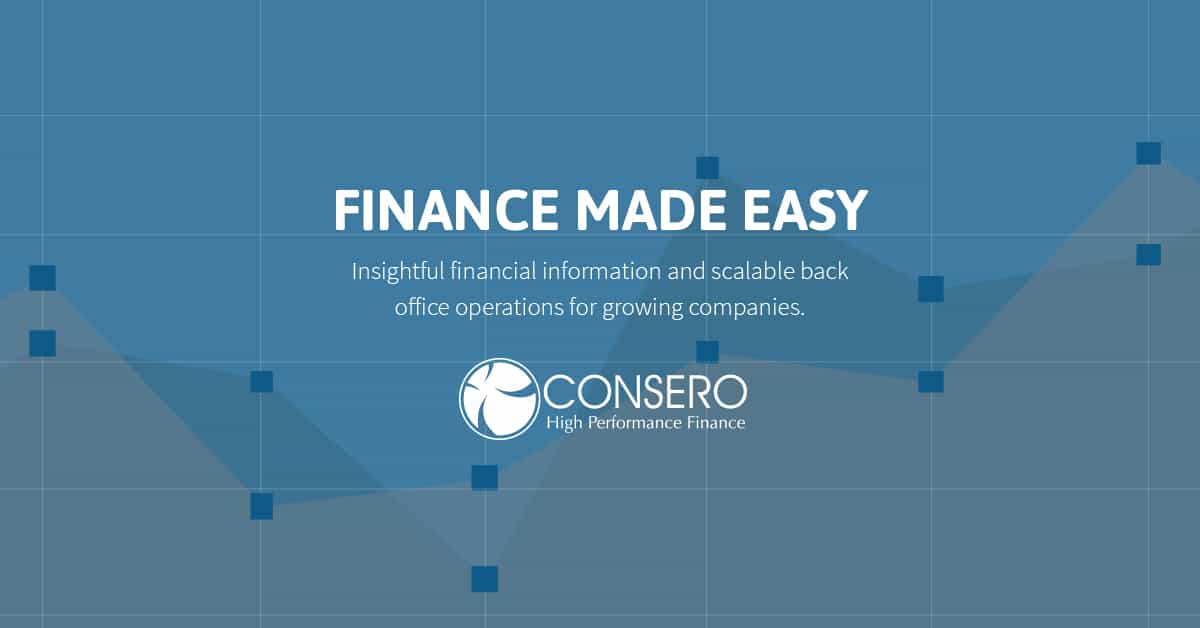Growing companies face a critical decision as they reach a certain size and scale of operations: Is it better to outsource finance and accounting or keep it in-house? At first look, both options have benefits, but Finance as a Service (FaaS) offers higher velocity with lower cost and effort than building in-house.
Traditional accounting: costs and ROI
FaaS is a major departure from the traditional method of handling accounting. First, let’s consider the costs of traditional accounting.
Costs
Traditional accounting costs are expensive and variable by nature. Organizations that handle such efforts in-house have to repeatedly address some uncertainties related to staffing, software and equipment over time that increase the amount of labor and funds spent on accounting. While these circumstances play out differently for all enterprises, they represent a notable, sometimes substantial cost.
- Training: Over $4,000 per new hire, on average.
- Median Salary and Benefits:
- Accounting field: ~$70,000 per year
- Entry level bookkeeper, accounting clerk and audit clerk: ~$40,000 per year
- Senior financial managers and analysts: Over $100,000 per year
ROI
With efficient hiring practices, strong training and the right software, traditional accounting practices can still provide
strong returns. However, when compared to outsourced accounting, the more variable, unpredictable costs and potential for increased spending quickly stand out in terms of ROI.
Finance as a Service: costs and ROI
The FaaS approach to providing consistent, secure and effective results are very different from the traditional outsourced accounting strategy.
Costs
Outsourced accounting with a Finance as a Service model, based on company headcount and specific needs, carries an average cost of $3,000-$10,000 per month for a medium-sized business.
With a yearly value between $36,000-$120,000 and all the people, process and systems you need to have an effective finance function, the total yearly price tag is significantly less than the cost of one controller earning the industry
median of salary plus benefits.
As the headcount of a company increases, outsourced accounting costs will also scale with the size of a business in a far more direct and predictable structure.
ROI
The FaaS model stands out over in-house F&A is several key areas.
Consistency and reliability of service: No matter how fast a business scales, FaaS provides high-quality service that adapts quickly to any organizational changes or developments.
Lack of need for training, onboarding, or addressing employee turnover: means smoother operations, provided by a seasoned team of financial professionals who are ready to start offering consistent, high-quality service from day one.
A more streamlined implementation of software and new processes: The provider will have plenty of experience in installation and user training. These attributes also increase stability and provide increased peace of mind to company leaders.
Learn more from industry peers about the advantages of FaaS
We’ve scratched the surface of the differences and cost and ROI between in-house vs. outsourced F&A. Our complimentary whitepaper explores these factors and more with industry leaders in finance. Download your copy below.









